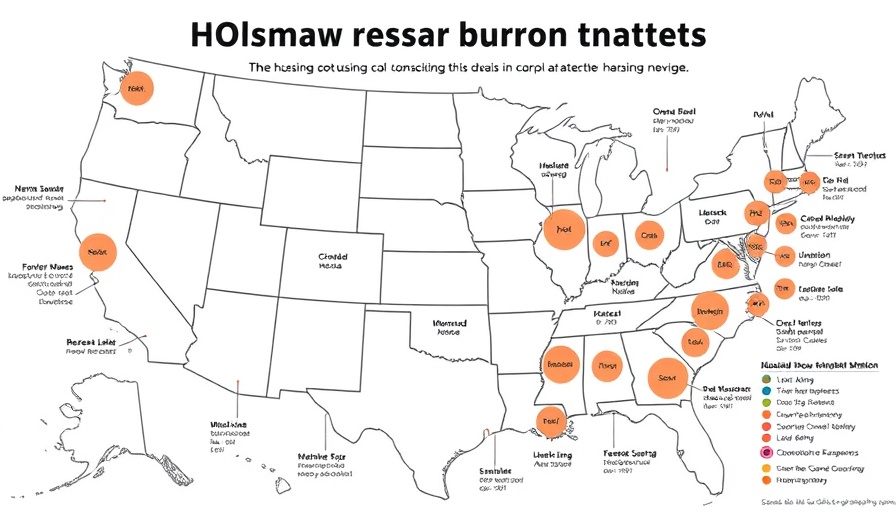
The Landscape of Homeownership Affordability
In a recent study by Realtor.com, it has become glaringly clear that homeownership affordability is diminishing rapidly across the United States. The past five years have seen a staggering increase in home prices and associated costs, leaving millions of potential buyers struggling to secure a foothold in the real estate market. Current estimates suggest that homeowner households nationwide allocate approximately 44% of their pre-tax income to housing costs, notably above the conventional recommendation of 30%. In light of these troubling statistics, this report shines a spotlight on three metropolitan areas where homeownership remains within reach.
Pittsburgh: A Beacon of Affordability
Pittsburgh emerges as a standout metro for many homebuyers. With homeowners spending only 27.4% of their income on housing, it sits comfortably below the affordability threshold. This city has weathered rising home prices better than many of its peers, making it a desirable location for median-income households. According to Anthony Djon, founder of Anthony Djon Luxury Real Estate, Pittsburgh represents a steady option for those looking to invest in real estate without sacrificing financial stability. The combination of rising wages and manageable housing costs creates an attractive environment for potential buyers.
Detroit: A Stronghold for Homeownership
Detroit, with its 29.8% housing cost-to-income ratio, stands as another affordable oasis in the current housing landscape. Historically regarded as a market with affordable home options, it continues to provide pathways for median-income buyers. As demand rises for lower-priced homes, this city is seeing a resurgence in interest among first-time buyers. This renewed urgency is largely fueled by the awareness that homeownership avenues are diminishing quickly in many larger markets.
St. Louis: Making Ends Meet
With housing costs consuming 30% of income, St. Louis is at the affordability threshold but still presents potential for homeownership for many families. This city exemplifies a balancing act between rising costs and household earnings. Danielle Hale, Realtor.com’s chief economist, emphasizes that while the earnings in certain markets have risen, the escalating purchase costs continue to overshadow wage growth, complicating the home-buying process.
The Bigger Picture: A National Crisis
The plight of American homebuyers extends far beyond these three metropolitan areas. Major cities like Los Angeles and San Diego are experiencing alarming cost-to-income ratios of 66.9% and 77.1%, respectively, meaning that median earners spend an overwhelming majority of their earnings on housing. This stark disparity signals a broader ongoing crisis, with many aspiring homeowners facing significant challenges in attaining affordable housing.
Future Implications for Homebuyers
Looking ahead, potential buyers must navigate an uncertain landscape that hinges on two key factors: housing supply and interest rates. Many experts argue that unless substantial changes in these areas occur, the dream of homeownership will continue to evade the majority of Americans. As housing costs rise faster than wages, real estate aspirants face an uphill battle.
As potential homebuyers sift through these challenges, it is essential to remain informed and proactive. Identifying markets like Pittsburgh, Detroit, and St. Louis may provide hopeful paths for a brighter real estate future. Exploring additional resources and insights from reliable real estate news sources can aid in making educated decisions regarding homeownership, ultimately empowering more families to achieve this crucial milestone.
 Add Row
Add Row  Add
Add 




Write A Comment